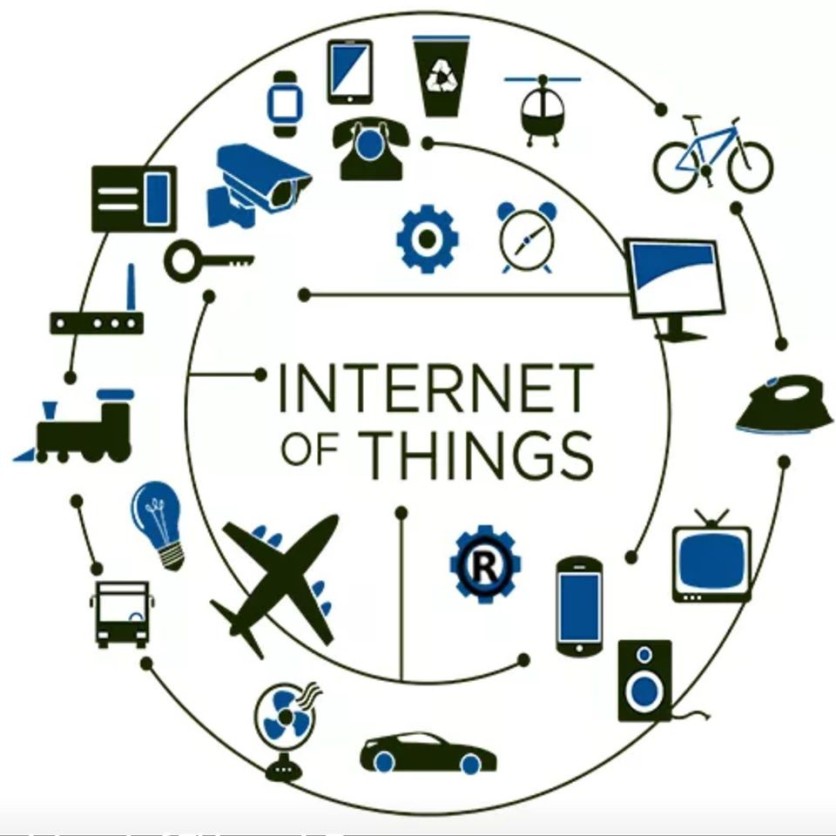
The rise of smart technology devices gave people more convenient lives, made businesses more efficient and productive, and even gives us better protection from risks and hazards. However, criminals and, in some cases, governments could use these smart devices against consumers.
Preface: What are IoT and A.I.?
IoT stands for the Internet of Things, the technology that allows everyday devices to connect with each other seamlessly using the Internet. If that didn't make sense to you, just think how your smart security cameras could open your door when its facial recognition detects your face approaching the door.
Meanwhile, A.I. stands for artificial intelligence. This refers to all machine-based automated computing that could learn from data and can make decisions and actions based on the data. A.I. systems have been used to automate tasks, and many manual labor tasks are at risk of being replaced by A.I.
Both are heavily integrated into our devices, and it's easy to take them for granted. In fact, they're designed to be as unobtrusive as possible. You'd most likely only notice them when they're not working properly.
The Biggest Risks of IoT devices
The use of IoT compatible devices makes consumers expose their personal and behavioral data to the Internet. Granted, data is usually encrypted and safely secured. But cheaper IoT devices lower costs by not following security standards. The result: compromised data.
There are two agents who could use IoT devices maliciously. The first are cybercriminals. The data they get from you could be used to monitor your movement and behavior, potentially using it to plan out crime. They'll discover how long you stay at home, what time you usually leave the house, and how often you go on vacation.
Security cameras could also be hacked by malicious individuals to spy on you. There's also been a case where a security camera that has a built-in microphone was used by a hacker to talk to an unattended eight-year-old child in her room.
Another agent that could be using your IoT devices for their own means is the government. Although it's not always the case, and it's not always harmful, there are governments who have access to their constituents' devices. This is especially true in China, where they use technology to track their citizens and monitor behavior.
The Biggest Risks in Artificial Intelligence
Thankfully, we aren't in the scene yet of super A.I. computers like HAL and Terminator. But it's important to know the risks of artificial intelligence and its fast pace of advancement.
Probably the most popular use of A.I. right now is behavior analysis. Ever wondered why ads seem to always be right for you? A.I. technology is being used by companies to study your behavior and predict the products that you might be interested in. Although ads could be harmless, the same A.I. is used for social media manipulation.
A.I. is used in tandem with IoT devices also. As IoT gives your behavioral information, A.I. learns your behavior and is used to predict your actions. A.I. is also used to learn facial recognition. China's social credit rating makes use of both A.I. and IoT technology to execute its goals.
Finally, A.I. could be dangerous when it is taught the wrong things. Machine learning usually learns on its own, without the guidance of humans, after it's fed with some initial data. If it learns the wrong patterns, it will also make incorrect decisions. Sometimes these decisions could be life-threatening.
Protecting yourself from risks starts from knowing about them. The next step is to strengthen your security. Read more here on some tips on cybersecurity that you should know.
![Apple Watch Series 10 [GPS 42mm]](https://d.techtimes.com/en/full/453899/apple-watch-series-10-gps-42mm.jpg?w=184&h=103&f=9fb3c2ea2db928c663d1d2eadbcb3e52)



